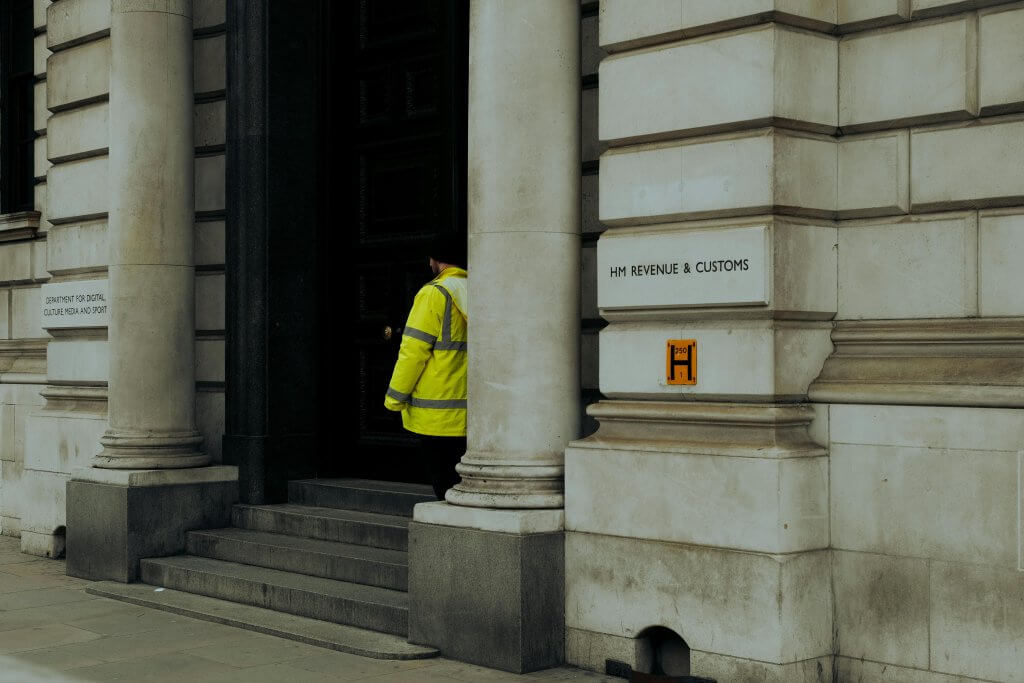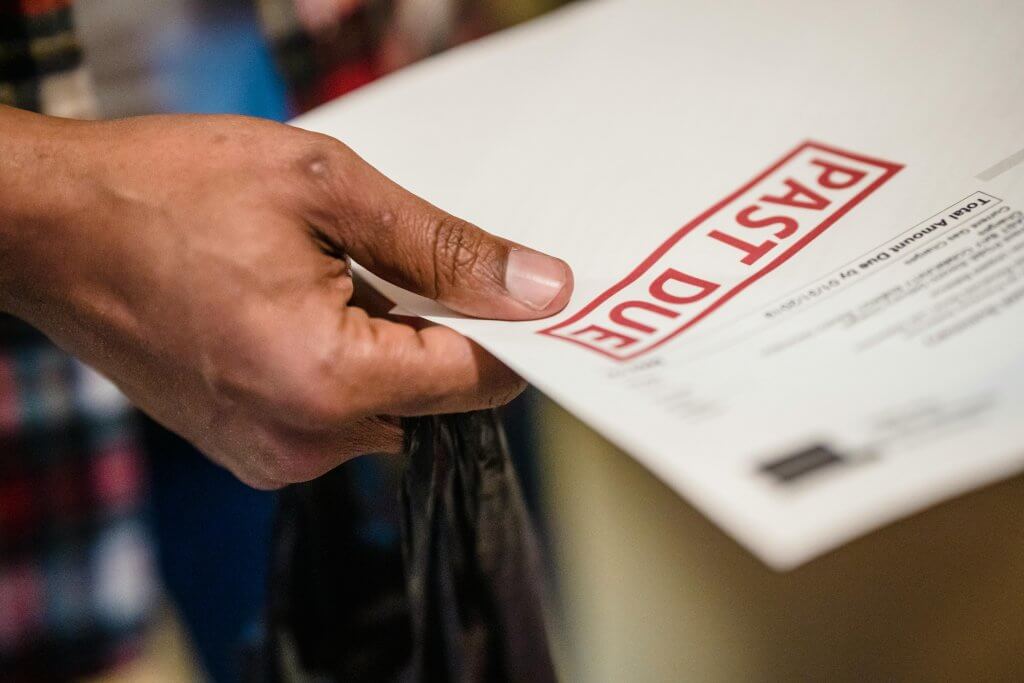Put simply, business rescue is the process of saving a company from insolvency. It’s achieved by using one of the formal insolvency procedures available to licensed insolvency practitioners.
Business rescue offers an alternative to the liquidation or winding-up of a company, by rehabilitating a company that’s financially distressed. A licensed insolvency practitioner’s role is to help you cut your costs and streamline your business. The aim is to make it as efficient as it can possibly be.
This process is most likely to be a success when you spot and seek help for the insolvency warning signs early. This step-by-step guide to business rescue will walk you through how to assess if your business is at risk of becoming insolvent and give you some insight into the business rescue process.
We can help you from the very beginning of your financial challenges. Even at the point before your insolvency is even a reality. In fact, this is the best time for a licensed insolvency practitioner to get involved.
Get in touch for free and confidential advice from one of our business rescue experts.
Step 1: The insolvency warning signs
There are several reasons why a once-profitable business can run into financial trouble and need rescuing:
- Financial management and cash flow problems
- Over-expansion and taking on too much debt
- Falling behind innovations and market changes
- Loss of major customers or contracts
- Economic downturns and recessions
- Disruptive competition or new technologies
If your business has already been impacted by any of these, you might be noticing some of these common insolvency warning signs:
- Consistently missing loan or debt payments
- Leaving suppliers and creditors unpaid
- Revenue and profits declining over several quarters or years
- Difficulty securing financing from lenders
- Falling market share and customer base
- Dated products or services compared to competitors
Step 2: The cash flow and balance sheet tests
The cash-flow test and the balance sheet test are two ways to assess your business’ financial status. They’re commonly used to evaluate a company’s financial health by both accountants and licensed insolvency practitioners.
Take the cash-flow test
List out all the cash you have coming into your business and the dates when it comes in. Make sure you include everything from your day-to-day operations as well as any additional investments or financial activities. Then list out all your outgoings, with corresponding dates.
Are you able to pay off your debts, including employee wages and tax bills, when they’re due? If not, it suggests that your business is facing liquidity issues, which could lead to insolvency if the trend continues.
Take the balance-sheet test
Rather than looking at the bigger picture, this test analyses your balance at a specific point in time to determine your business’ financial stability.
To take this test, list out your company’s total assets. You need to include physical assets like any property, vehicles and sticks, as well as intangible assets like your brand value. Next list your total liabilities, such as outstanding debts, rent and employee wages.
If the liabilities exceed the assets, your company may be insolvent on paper.
Step 3: Take informal business rescue acton
Many struggling businesses face a cash-flow crisis, even if they’re profitable on paper. There are some actions your business can take to resolve this crisis, before you consider a formal insolvency process. These are actions that we can work with you on.
What do you need and what can you shed?
If we believe a business can be rescued, we’ll often suggest changing certain aspects of its business terms and processes to readjust its cash flow.
For example, we’ll look at collecting receivables faster, delaying payables and minimising inventory as part of this process. Securing new financing could also be a possibility.
Selling off non-essential assets is another way we might be able to help you raise quick cash while also reducing expenses. These assets could be company cars, unused equipment or property and investments. However, core assets that generate revenue shouldn’t be sold unless absolutely necessary. This negatively impacts future earning potential.
Be open with your creditors
Businesses can sometimes negotiate extended payment terms, lower interest rates, reduced payments or waived fees with major creditors like lenders and suppliers. Even with HMRC. This helps ease cash flow pressures.
Showing that you’re working with a licensed insolvency practitioner to solve your business’ financial issues can often give creditors reassurance. This, coupled with the incentive to make concessions to increase the chance of eventually being repaid, can help bring your relationship with them back onto more solid ground.
Step 4: Take formal business rescue options
There’s also formal insolvency procedures available to us. We can use these to help you turn things around and either avoid insolvency or bring your business back into a profitable position. You have to appoint a licensed insolvency practitioner to oversee any of these processes.
Company Voluntary Arrangement (CVA)
A Company Voluntary Arrangement (CVA) is a binding agreement between a company and its creditors to pay all or part of its debts over time. Once it’s in place, a moratorium is triggered, which stops the creditors involved taking legal action against use during the process. You’re able to continue to trade throughout.
It’s your licensed insolvency practitioners job to put together a proposal for your creditors. The CVA proposal will contain details of how much can be repaid, over what period and may include reduced settlement amounts. If 75% or more of creditors agree to the proposal, it becomes legally binding.
Administration
In Administration your licensed insolvency practitioner will take over the running of the company as the administrator, to see if it can be rescued or sold as a going concern. The administrator investigates the company’s affairs, reports to creditors and will try to come up with proposals to rescue the company.
As with a CVA, Administration would give your company breathing space from any legal action by creditors. However, unlike a CVA, the aim is to see if the company can continue trading or find a buyer for all or parts of the business, to pay off the debts.
Company Voluntary Liquidation (CVL)
A Company Voluntary Liquidation (CVL) is a formal process to close down an insolvent company and settle its debts. In this case we’ll act as Liquidator. Our job is to cease all trading, sell any assets, collect money owed and distribute funds to creditors. Any surplus funds after creditors are paid will go to shareholders.
While a CVL leads to the dissolution of your current company, it can be an option to rescue your business. Its assets are sold to a new company, owned by you and any other company directors. The ‘newco’ can then continue trading without being burdened by debts.
What roles do the owner and directors play?
Throughout the stages before and during a business rescue, it’s important that you and the other owners or directors continue to discharge your duties and obligations under The Companies Act 2006.
You must do everything to ensure that company debts can, and will, be paid as fully as possible. The law is very clear in emphasising that company directors must make every effort to pay creditors the money they are owed.
You also need to make sure you don’t do anything that could be seen as against the interests of your creditors.
Remember, should your business become insolvent, the behaviour of the directors leading up to insolvency will be looked at by the administrator. Failing to follow the rules can lead to director’s disqualification. The consequences of this are a ban from being at all involved in running a company for up to 15 years. In extreme cases it can also lead to court action and prosecution.
What role does the licensed insolvency practitioner play?
From our title, it might seem like insolvency is our main focus. We’re actually responsible for saving 1000s of businesses and jobs every year.
Your licensed insolvency practitioner (IP) will play a vital role in rescuing your business, as outlined in this article. Their experience in dealing with the uncomfortable situations involving creditors, both immediately and going forward, can also take a lot of the stress off you.
In the words of The Gazette: “Lenders and directors are also recognising the value of seeking professional advice before a company becomes insolvent, which has led to an increase in restructuring work being undertaken by the profession.
“If an IP is approached at an early stage, there is often an opportunity to successfully keep a business going. The profession sees first-hand the personal toll of a business failing and makes every effort to save jobs where possible.”
Make sure that you choose a reputable firm. Dozens of companies offering business rescue services can be found with a simple internet search. But there are many unqualified, unscrupulous operators out there interested only in making a quick buck. Many are not licensed or regulated and often have no formal training.
Could business rescue be right for you?
Facing financial distress is undoubtedly challenging. By seeking help early, and with the right strategies and understanding of the options available, many businesses can navigate through tough times and emerge stronger.
But every business’ situation is different. We need to take the time to assess how viable business rescue is for your business. If it’s a viable option, then business rescue could be the catalyst for lasting change.




